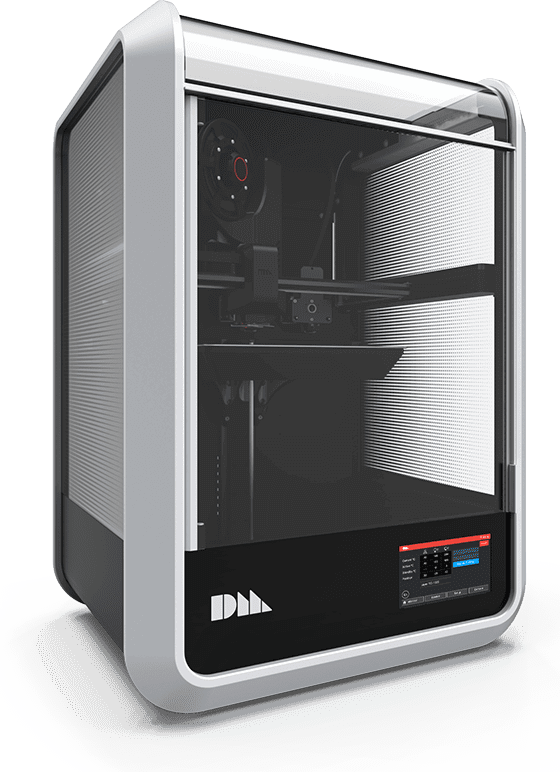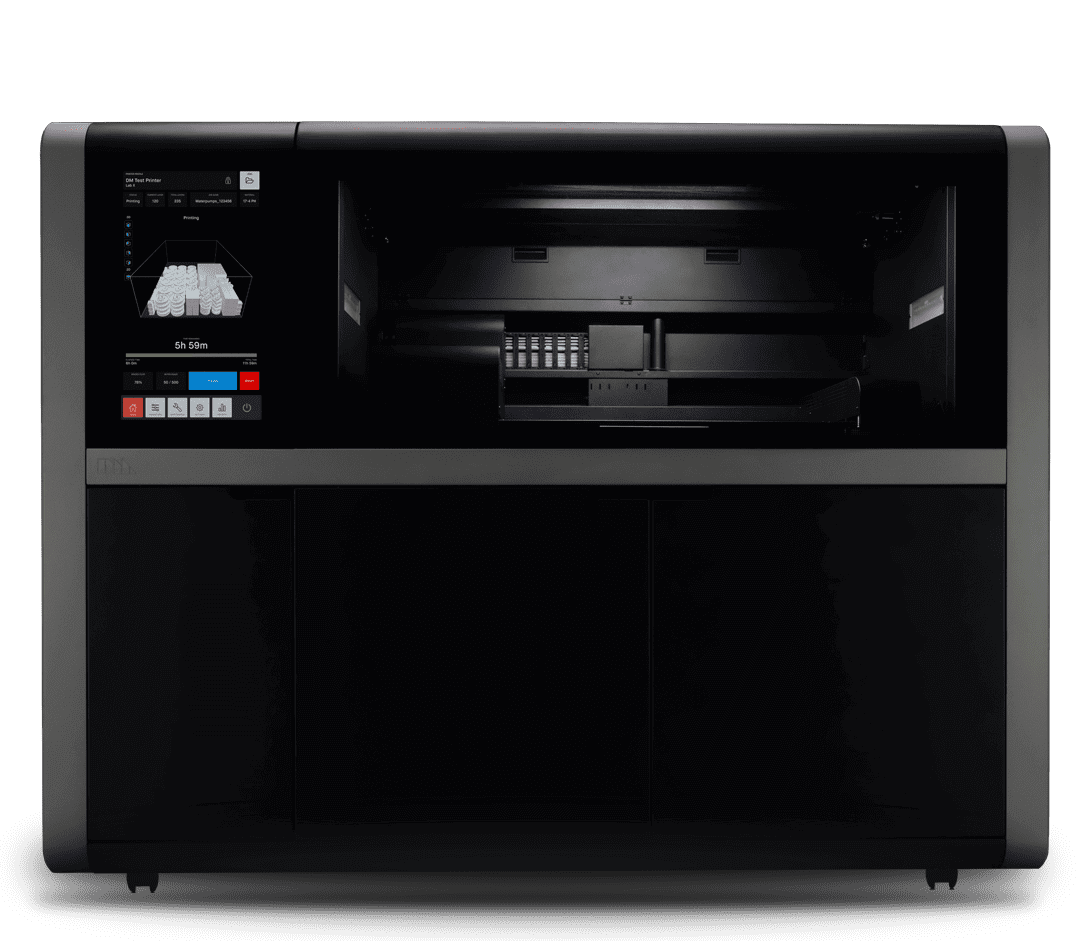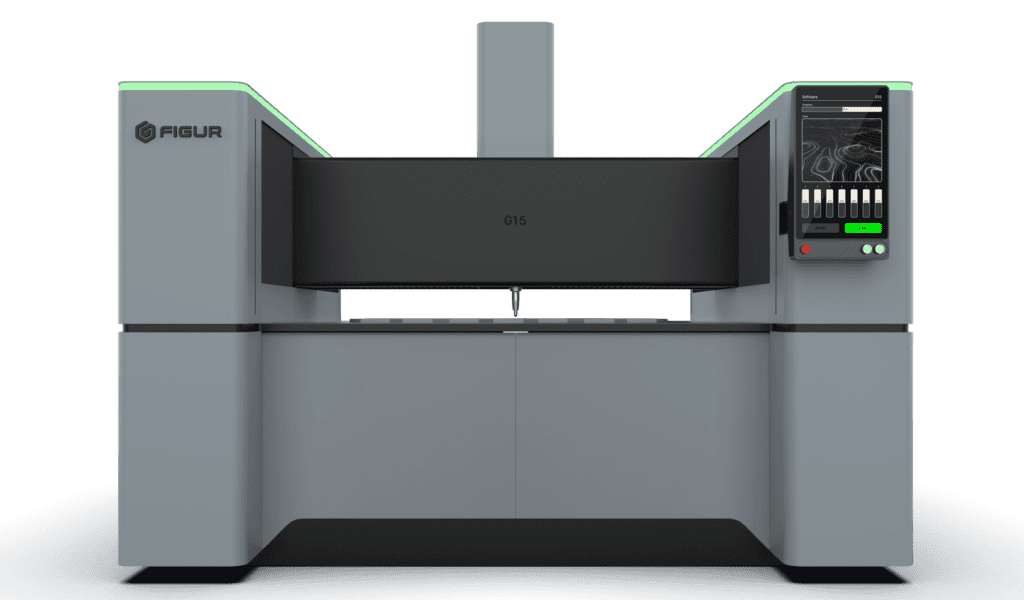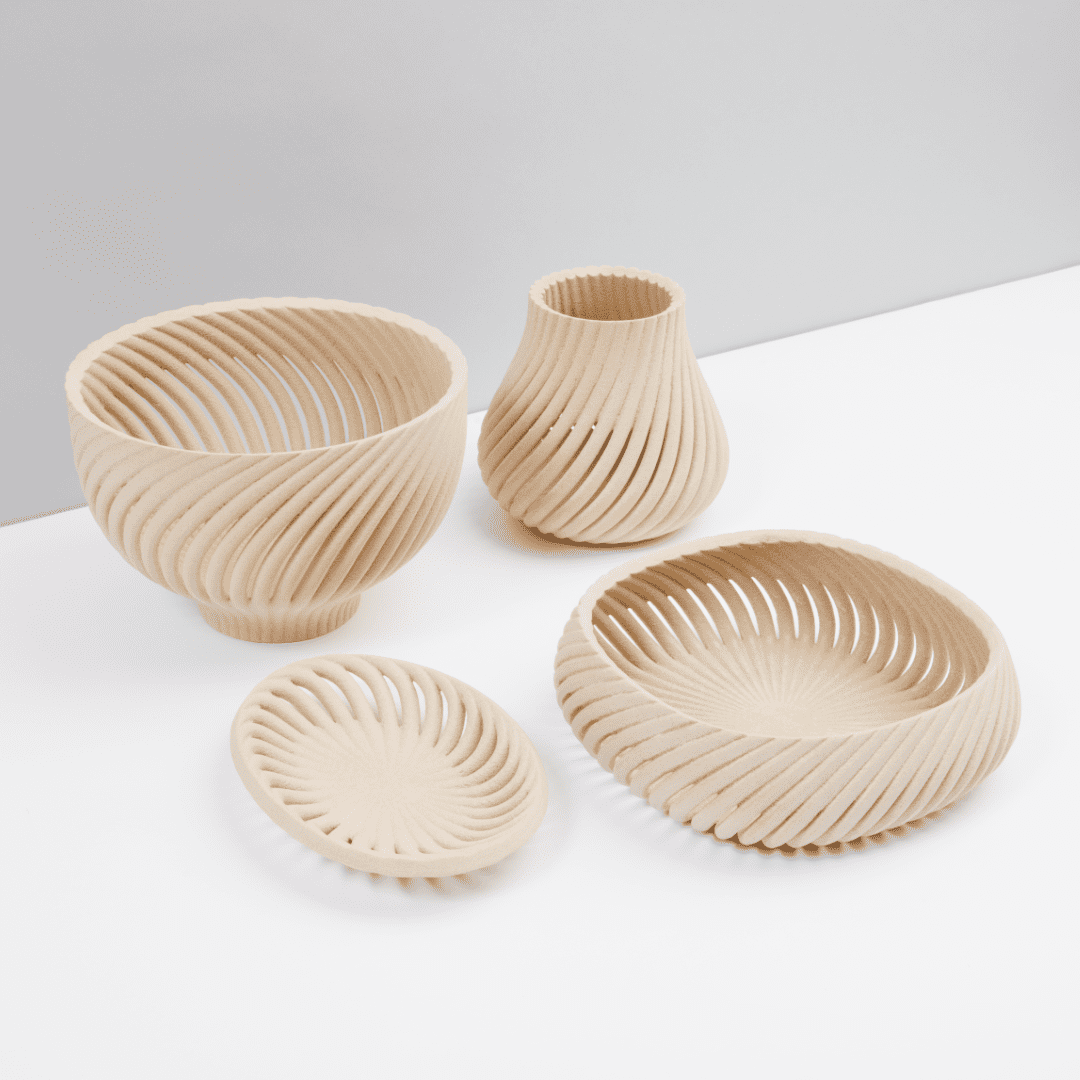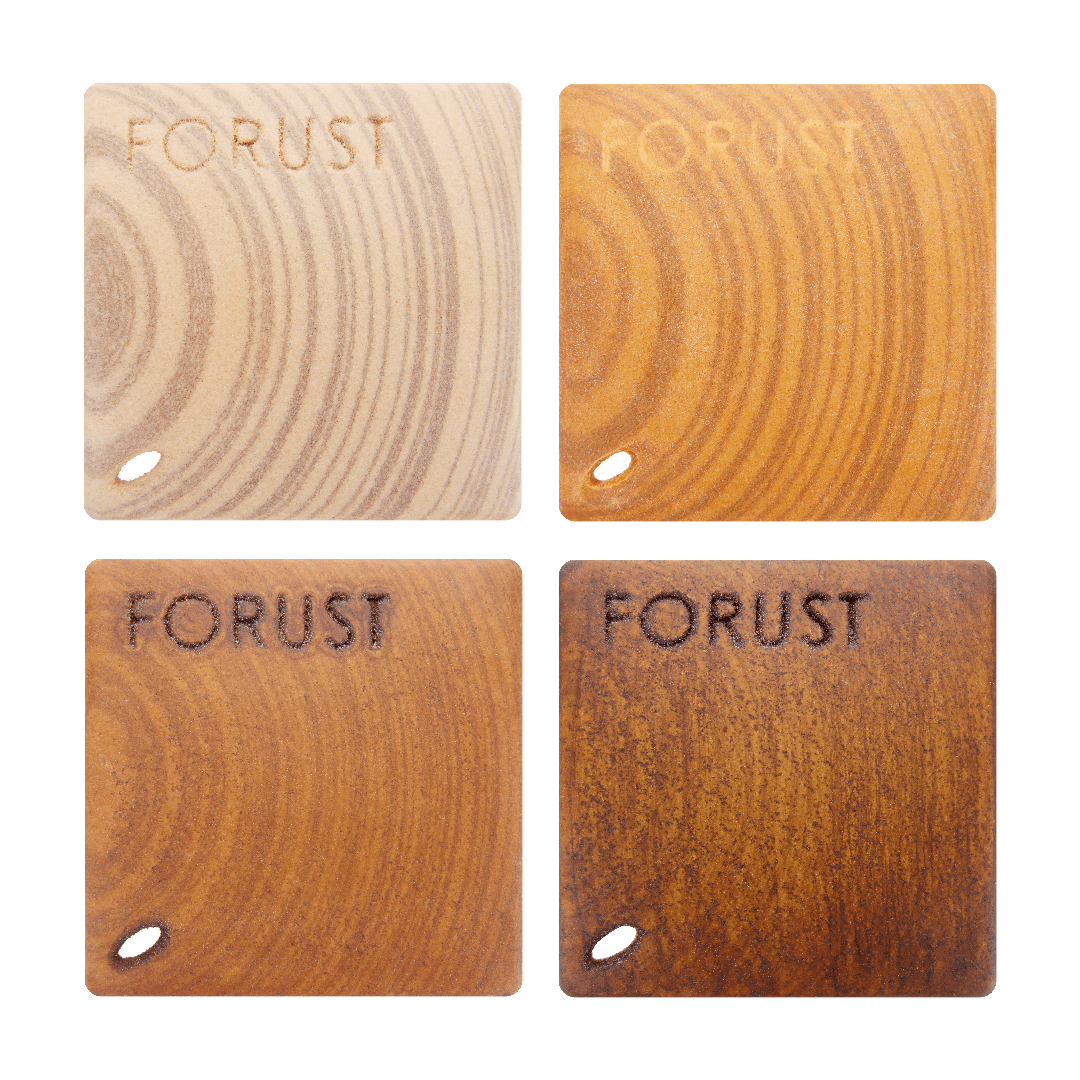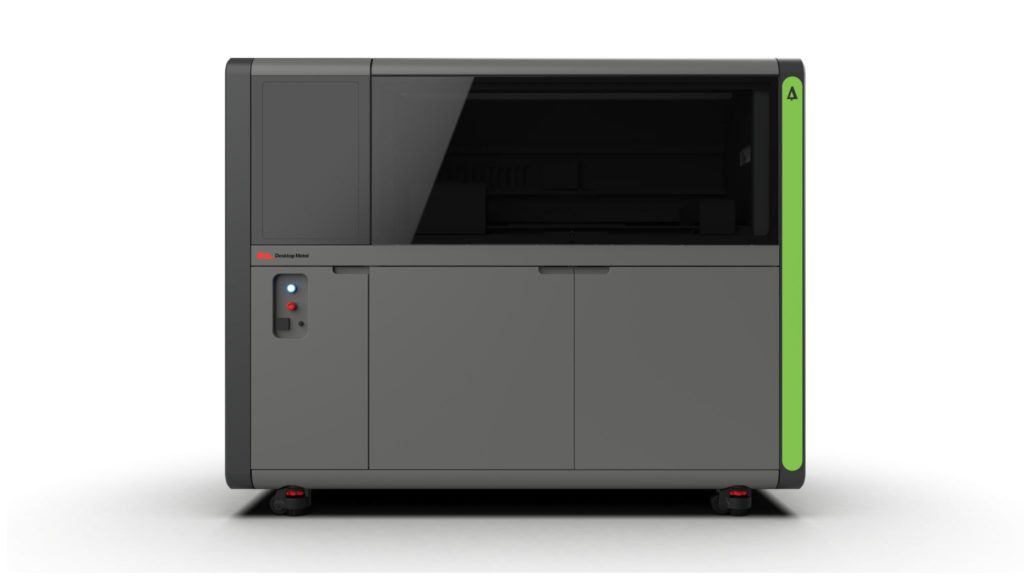Forust
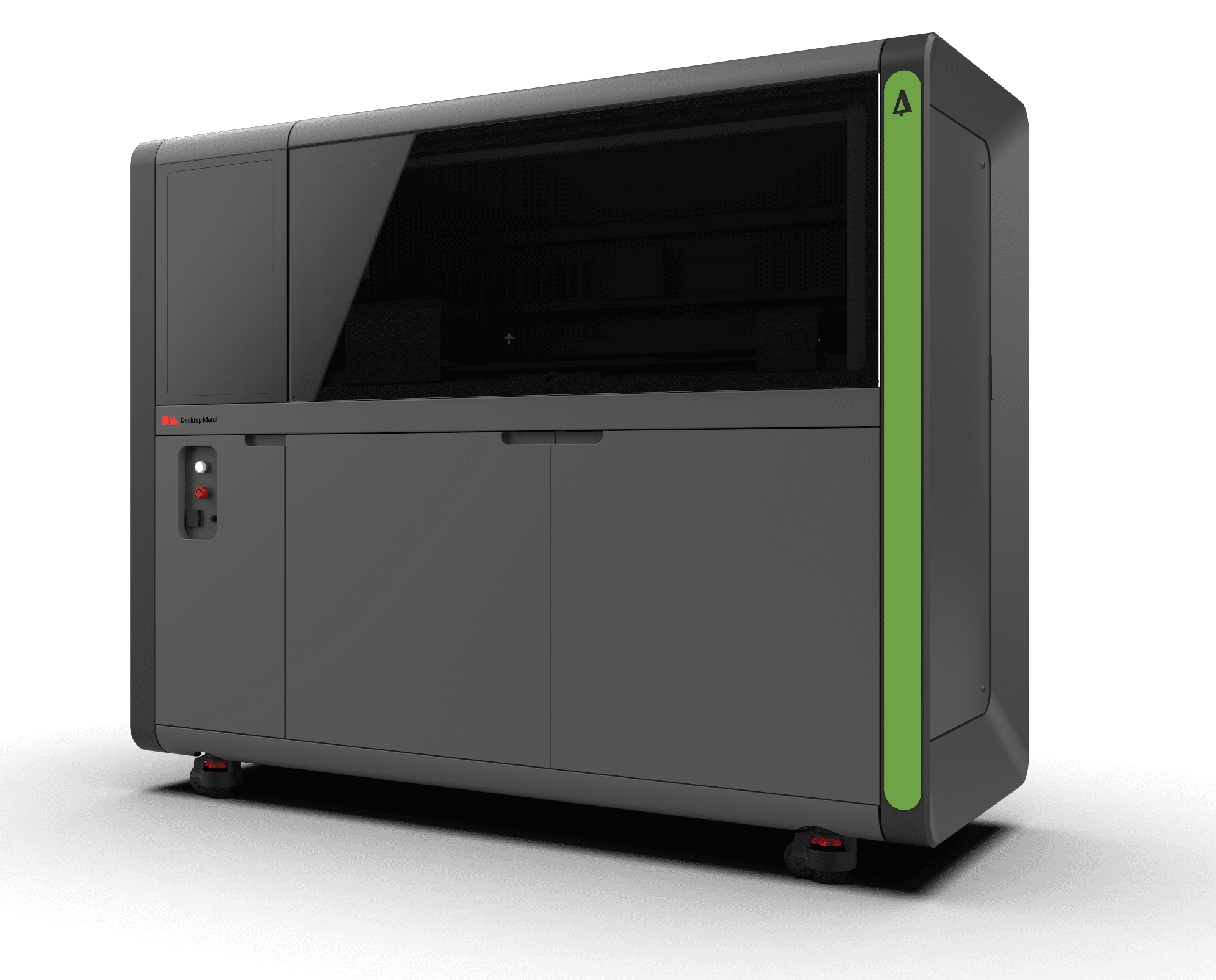
Desktop Metal®
FORUST
Wood can be shaped into almost any form.
The biomimicry of wood grain all the way through.
Powered by Desktop Metal®'s binder jetting 3D printing technology, Forust is a sustainable alternative for traditional wood manufacturing. By combining the speed, precision, and quality of binder jetting with two wood waste byproducts - sawdust and lignin, you can now produce strong and lightweight wood components that take advantage of 3D printing's design freedom and offer a reduction in your carbon footprint with a responsible material value chain.
Get to Net-Zero
with 3D Printing
Worldwide, every year, 15 billion trees are cut down to produce paper, build homes or make furniture. The resulted waste from wood cutting and processing continues to affect our environment. Due to Desktop Metal®’s innovative Binder Jetting™ technology, it is now possible to produce isotropic, high-strength, and sustainable wood parts for many industries while helping in building a greener and sustainable future. How? Forust combines two wood industry key derivates: sawdust and lignin, to create beautiful end-use products by 3D printing.
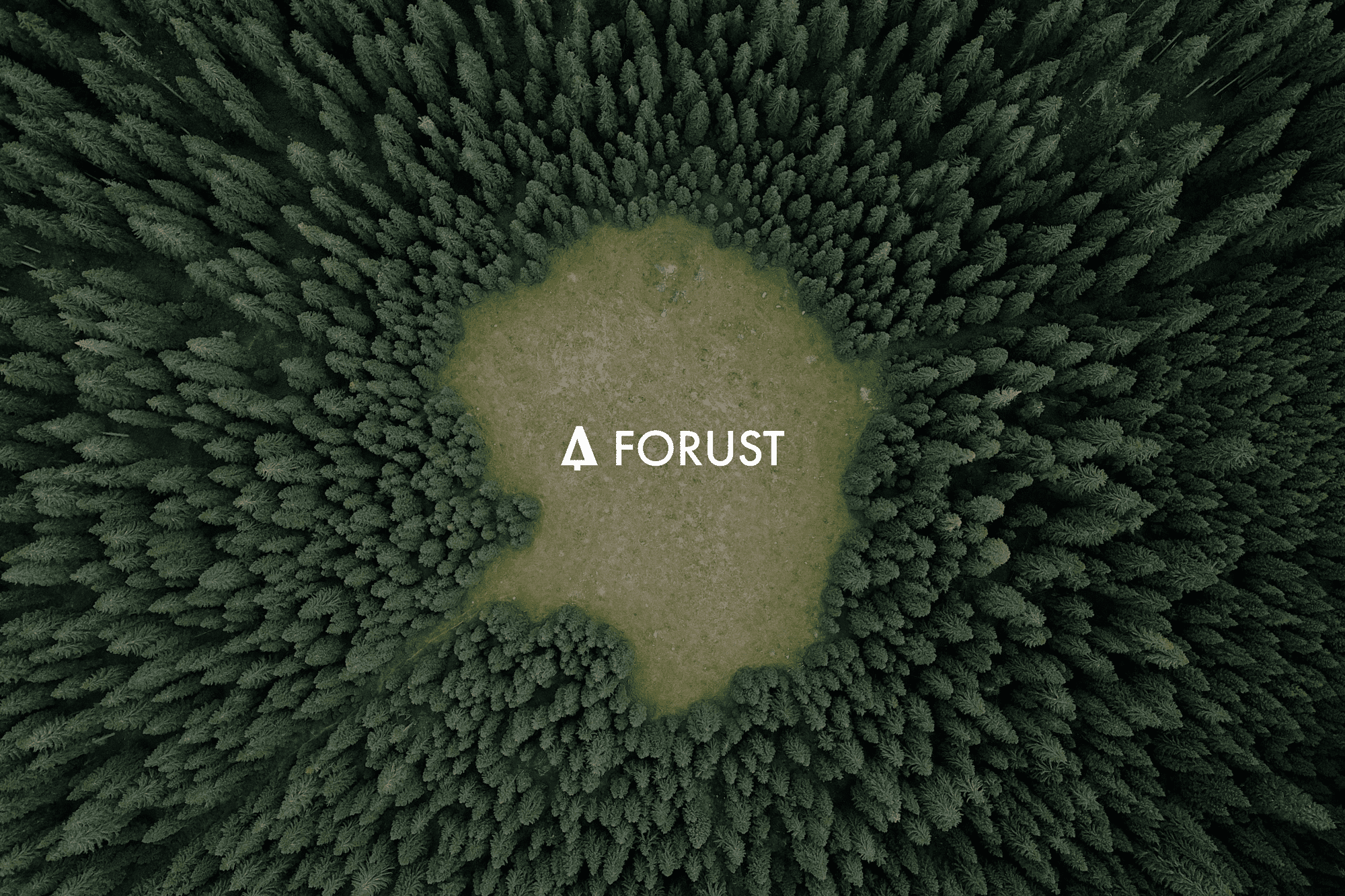
Environmental Impact
Annually, millions of tons of wood waste are generated. A part of it is being recovered and sold to downstream markets for the production of particleboard or wood pallets for energy. The remaining sawdust is either burned or sent to landfills – having a tremendous negative impact on the environment, despite its biodegradability.
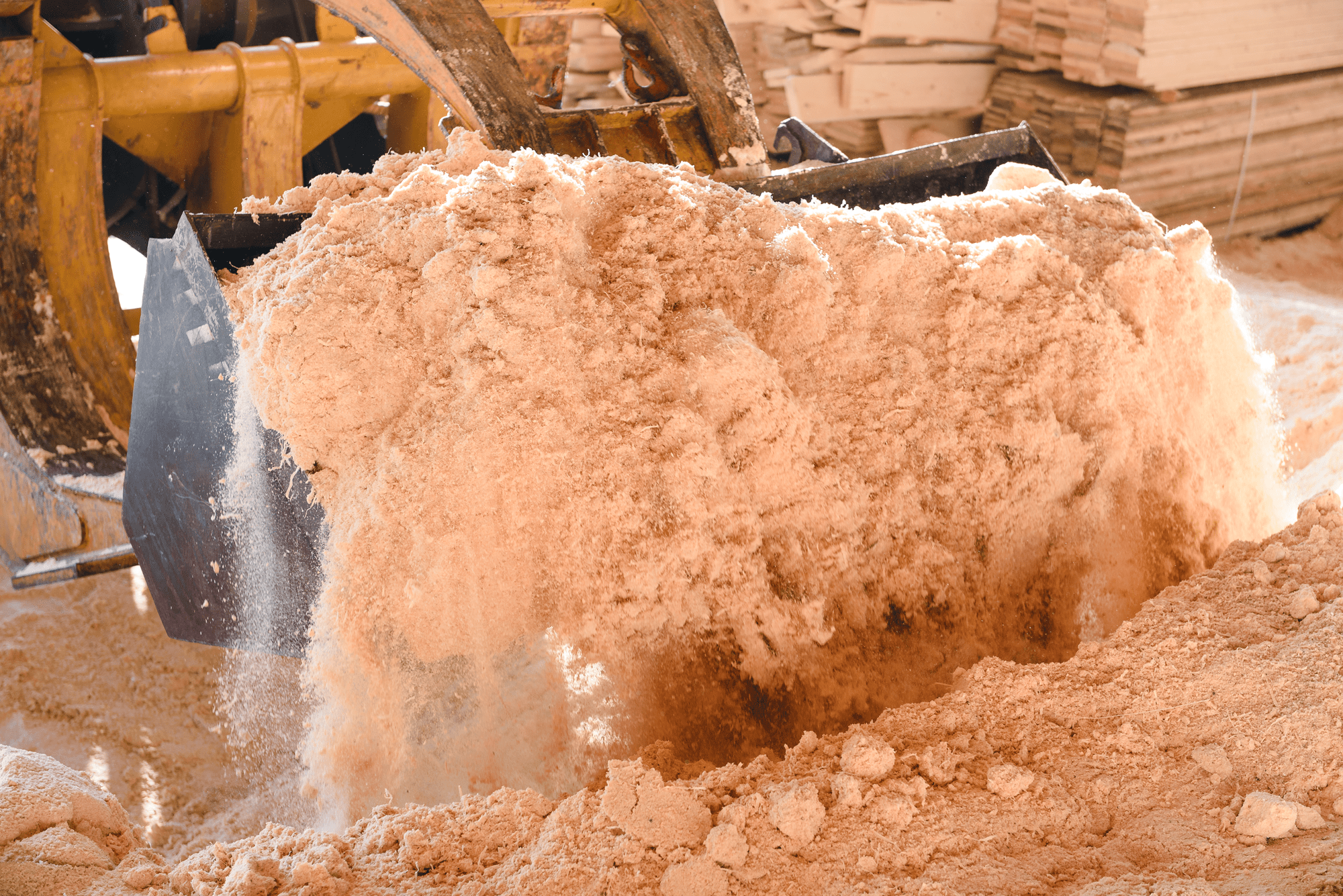
The sawdust releases high concentrations of lignin and fatty acids as it decomposes. This leads to contaminated water supplies, with the risk of poisoning the wildlife and other microorganisms.

Forust’s contribution
Forust’s environmental impact is twofold – significantly reducing the amount of sawdust sent to landfills or incineration by processing it for 3D printing, and combating deforestation by producing sustainable products from wood waste.
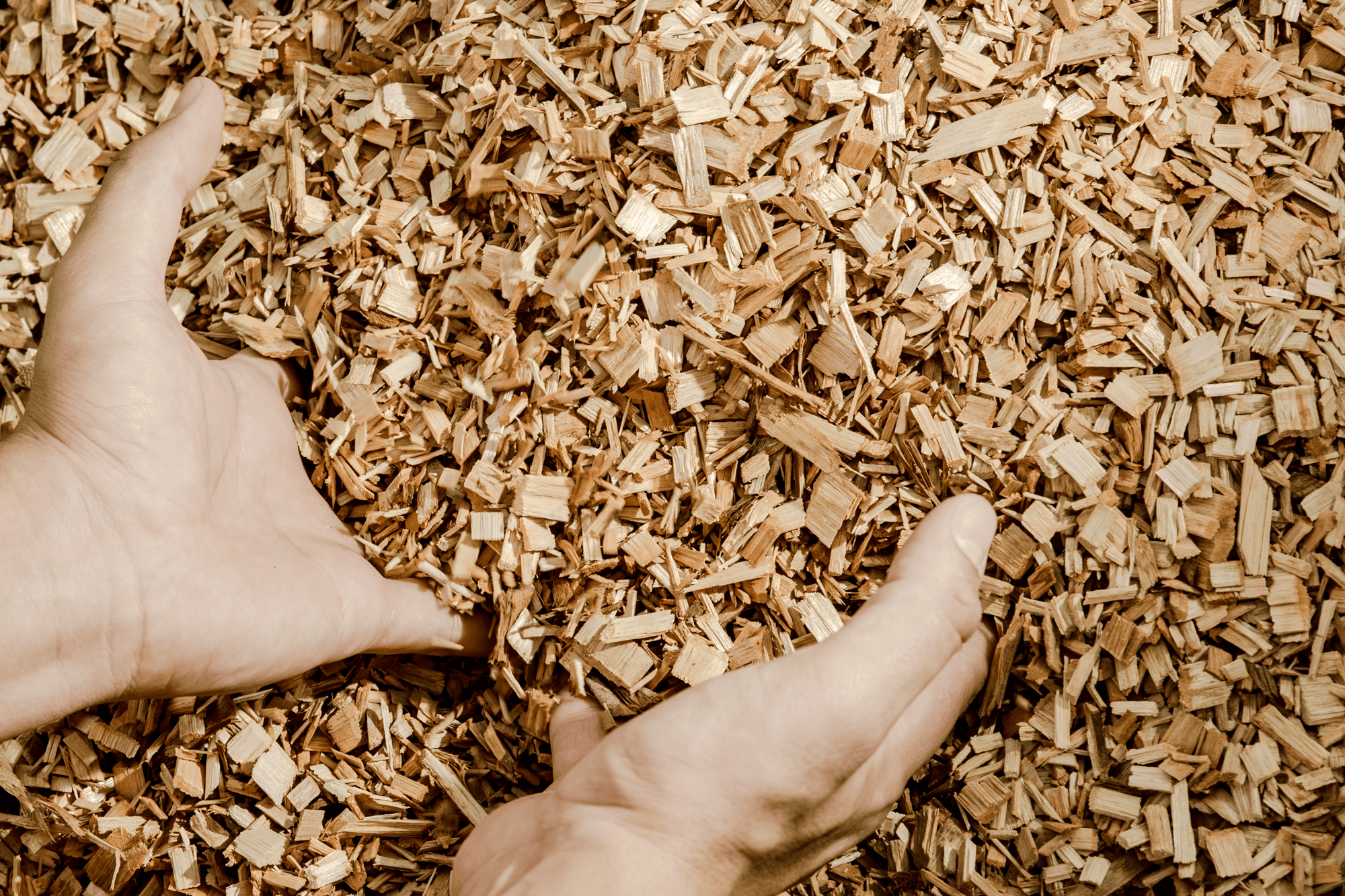
From consumer goods in any retail store to luxury automotive and home interiors, with the help of the Forust process, the printed parts are durable, sustainable, and environmentally friendly.
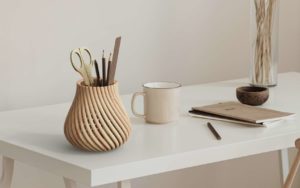
Advantages
Turnkey End-to-End Wood 3D Printing
Applications
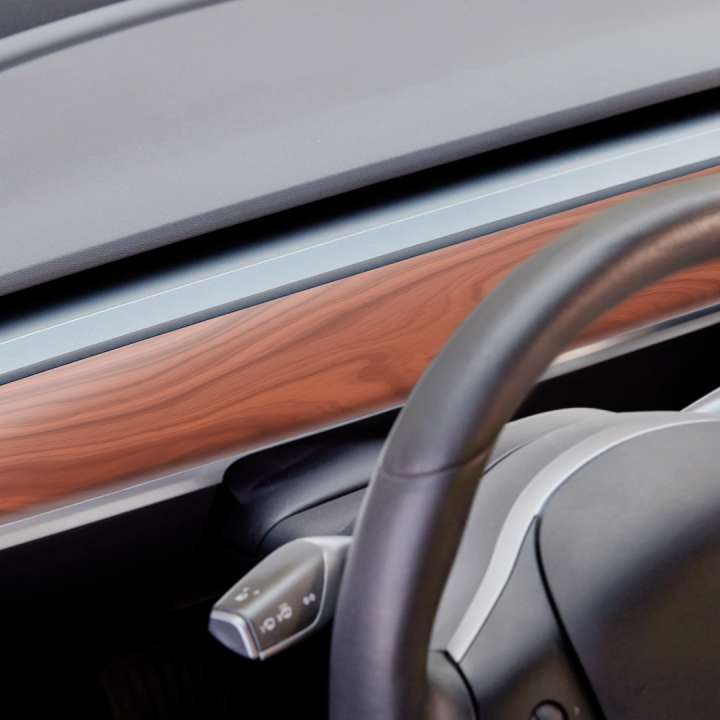
Luxury interiors
By FORUST
Forust can create sustainable rematerialized wood parts in a wide range of materials including rare and exotic grain structures.
Application
- Automotive
- Luxury vehicles’ interiors
- Architecture
- High-end homes
Technology/Process
Desktop Metal’s Binder Jetting™ Technology
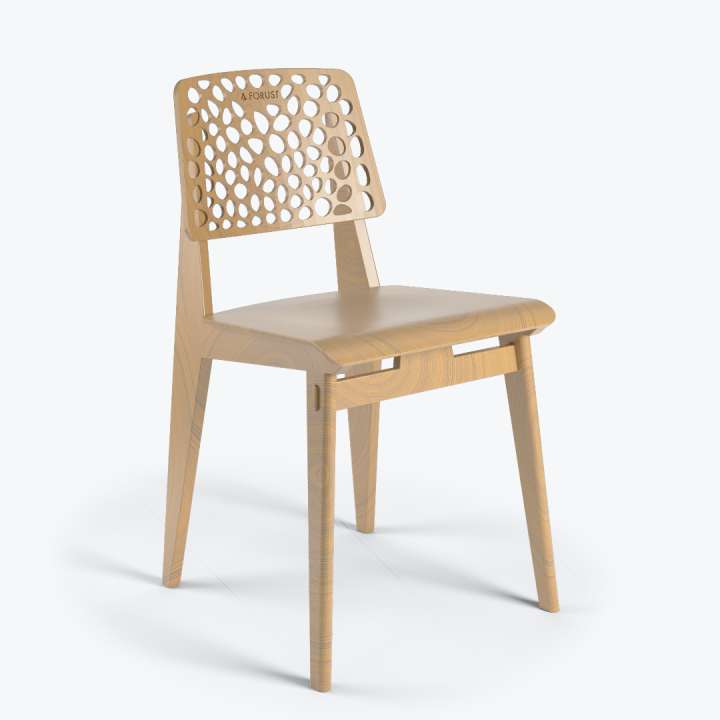
Furniture
By Forust
Due to the Forust process, endless design possibilities and complex geometries are now possible even for furniture manufacturers.
Full Description
They can manage digital inventories and fulfill orders on-demand due to the cost-effective tooling-free production ensured by Desktop Metal’s binder jetting technology.
Technology/Process
Desktop Metal’s Binder Jetting™ Technology
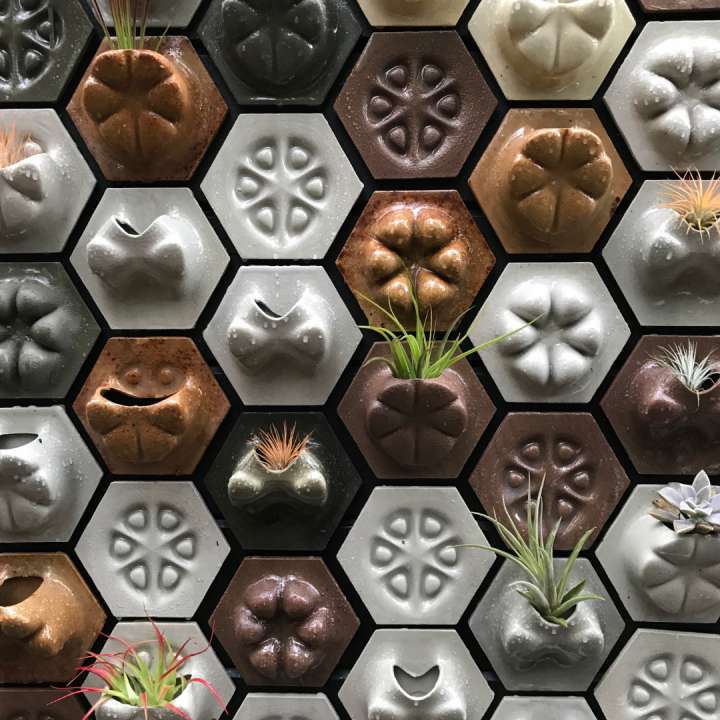
Architecture
By Forust
Architects can create unique decorative panels and other architectural accents utilizing CAD tools and generative design.
Application
- Architecture
- Decorative panels
- High-end homes accents
Technology/Process
Desktop Metal’s Binder Jetting™ Technology
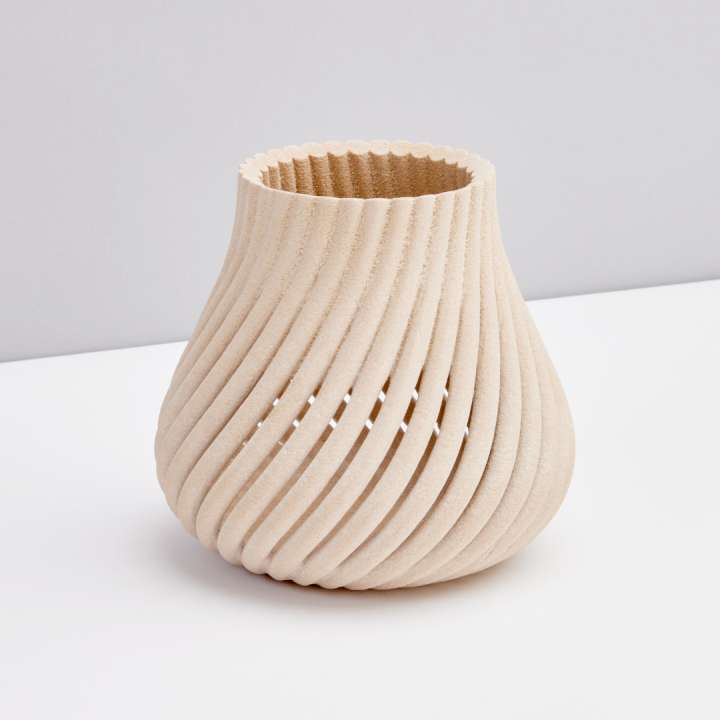
Consumer goods
By Forust
Designers can explore new geometries and applications for an age-old material that can be used in consumer products.
Application
- Consumer goods
Technology/Process
Desktop Metal’s Binder Jetting™ Technology
Materials
Wood grains
Parts printed with the Forust process can be finished to mimic many wood species such as natural, oak, teak, and walnut.
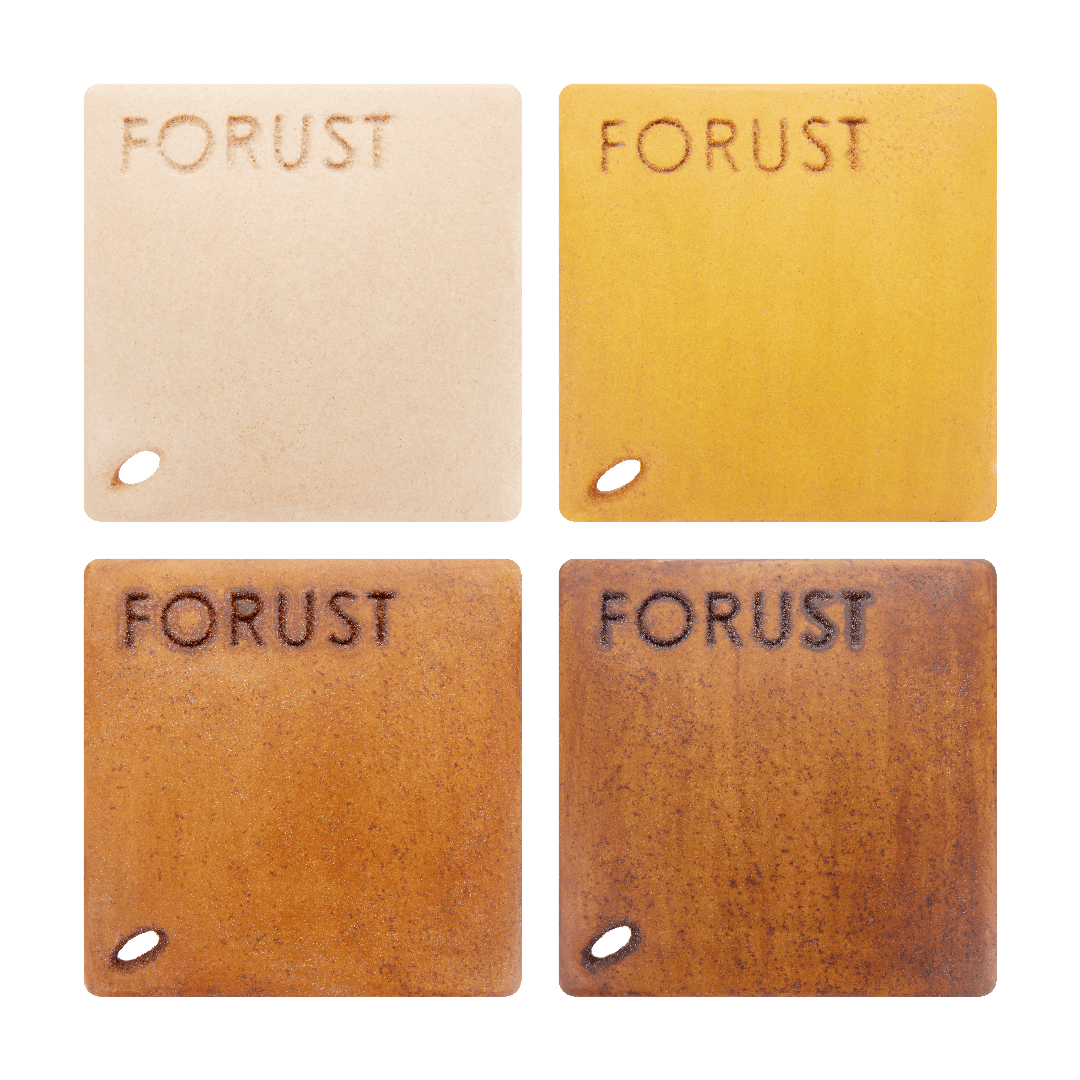
Grainless wood
Forust can also produce in a unique way grainless material thus providing a base for yet to come post-processing or a neutral aesthetic for end-use parts.
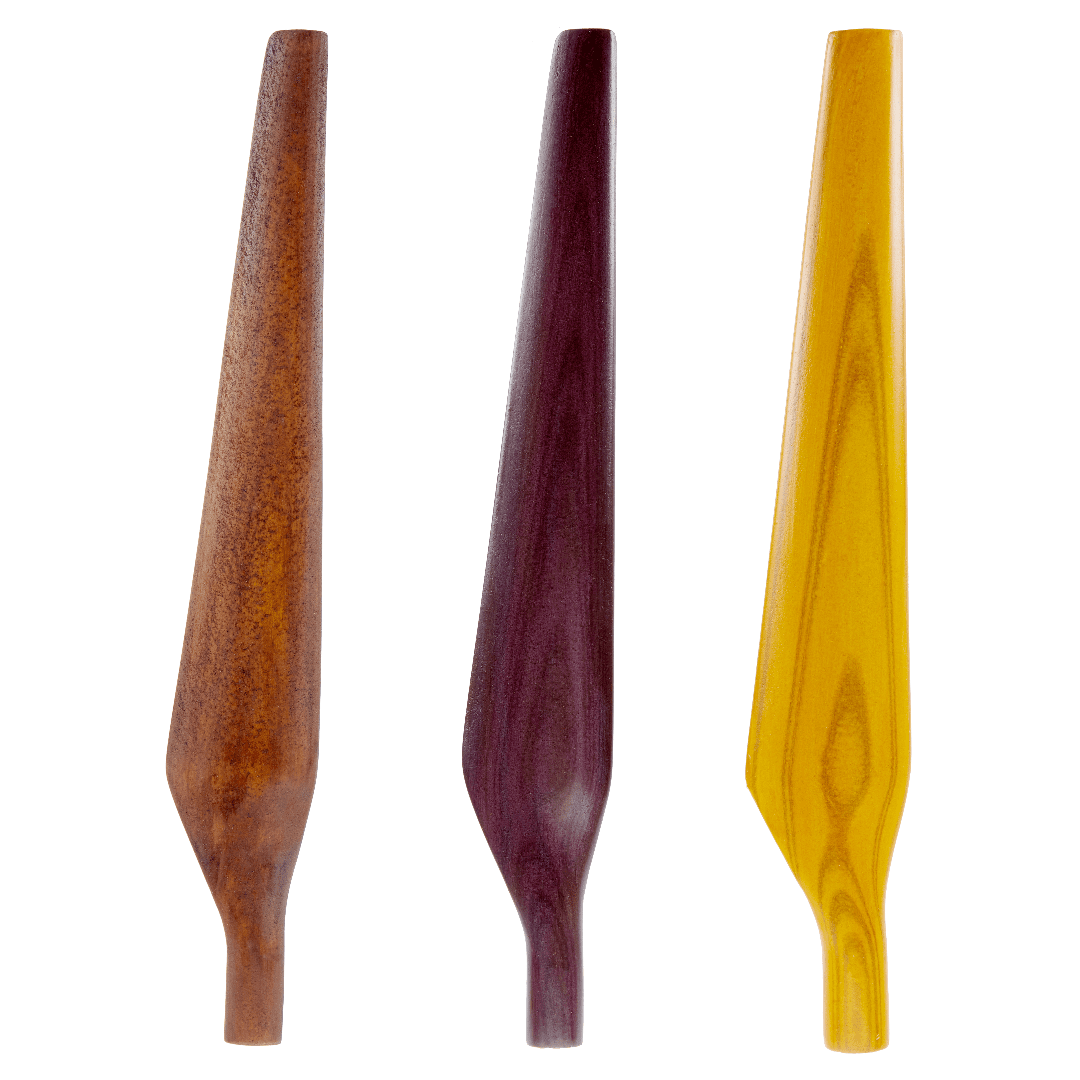
Custom development
Digital reproduction of rare, exotic, and endangered wood species can be developed for custom-based wood grains and finishes.
Material Performance
Forustwood is a composite of wood particles encased in a bio-epoxy resin, with a strength similar to wood. It can be readily worked, fastened and finished with conventional wood finishing methods.
Flexural strength |
Flexural strength90 MPa |
Flexural modulus |
Flexural modulus2.3 GPa |
Density |
Density0.60 - 1.2 g/cm3 |
